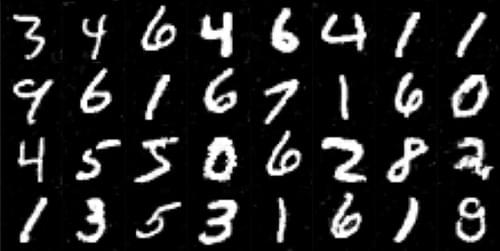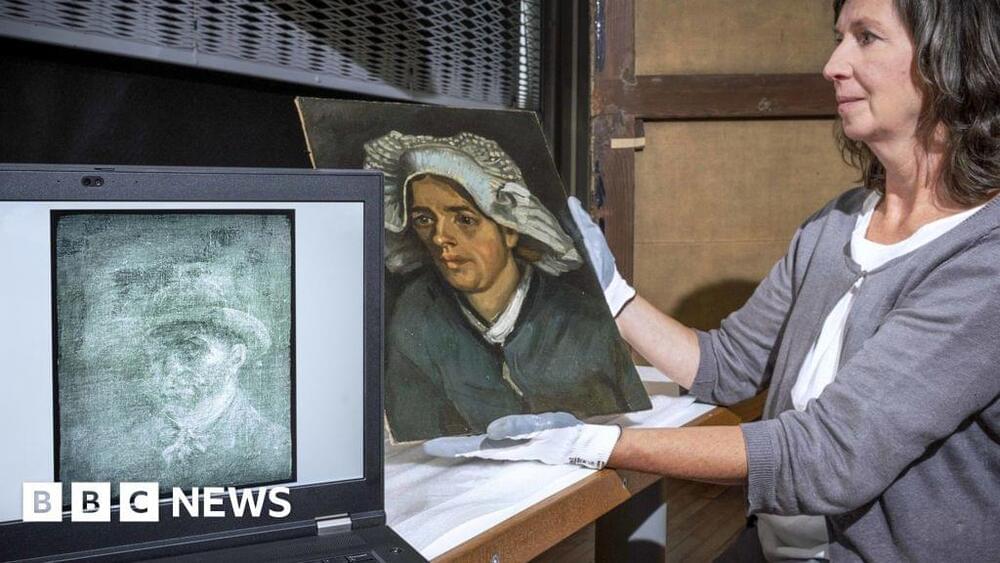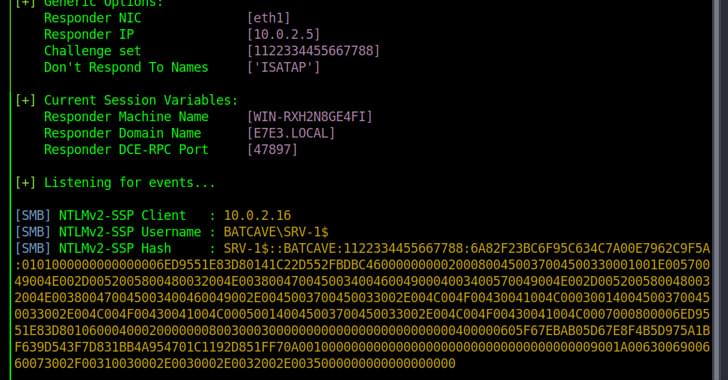A machine-learning algorithm that includes a quantum circuit generates realistic handwritten digits and performs better than its classical counterpart.
Machine learning allows computers to recognize complex patterns such as faces and also to create new and realistic-looking examples of such patterns. Working toward improving these techniques, researchers have now given the first clear demonstration of a quantum algorithm performing well when generating these realistic examples, in this case, creating authentic-looking handwritten digits [1]. The researchers see the result as an important step toward building quantum devices able to go beyond the capabilities of classical machine learning.
The most common use of neural networks is classification—recognizing handwritten letters, for example. But researchers increasingly aim to use algorithms on more creative tasks such as generating new and realistic artworks, pieces of music, or human faces. These so-called generative neural networks can also be used in automated editing of photos—to remove unwanted details, such as rain.


